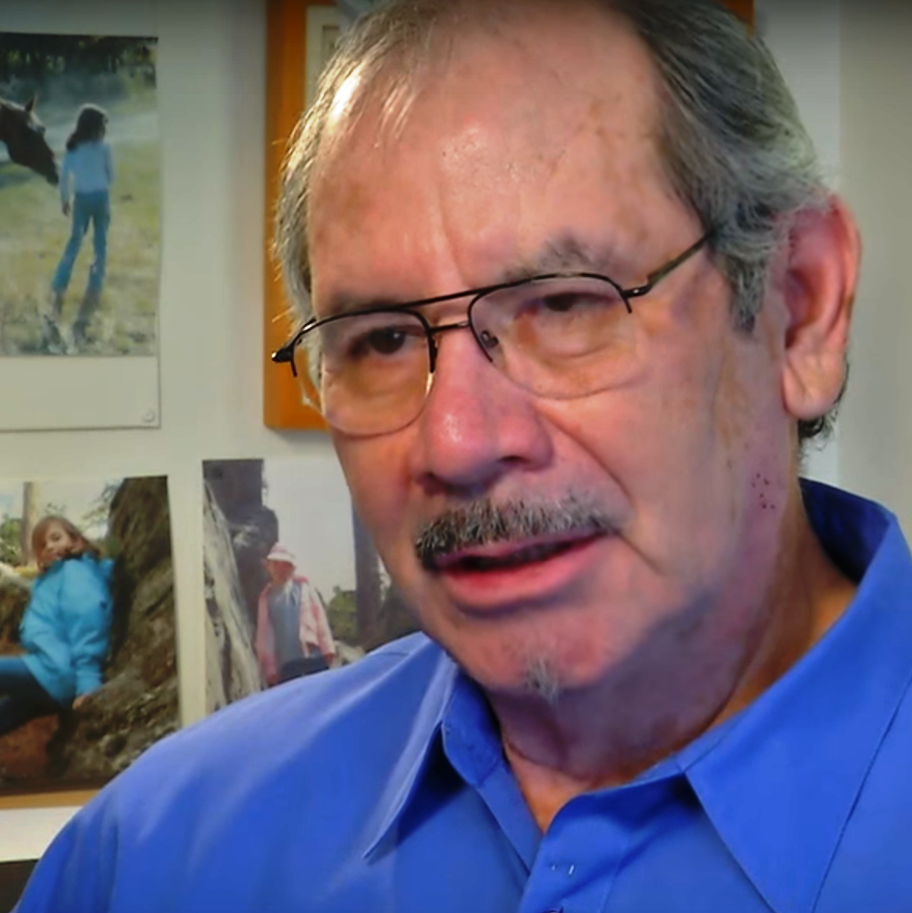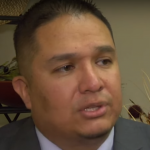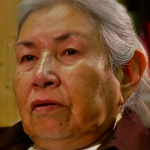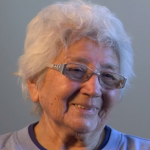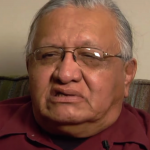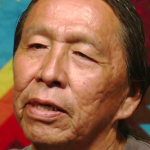Learning Question Pages for classroom use:
Click on each title below to find interviews accompanied by “Learn About” and “Learn From” questions for use in classrooms, in small groups or for deeper personal exploration of each video. Not all videos are accompanied by questions.
 Hespa Olowan wan: Song and Translation by Earl Bullhead
Hespa Olowan wan: Song and Translation by Earl Bullhead
 Connections to Land and People with Lowell Amiotte
Connections to Land and People with Lowell Amiotte
 “Indian Foods” with Vernon Ashley
“Indian Foods” with Vernon Ashley
 “The Law of Nature” with David Bald Eagle
“The Law of Nature” with David Bald Eagle
 Welcoming the Thunder Beings with Waylon Black Crow NEW!
Welcoming the Thunder Beings with Waylon Black Crow NEW!
 Praying with the Pipe with Sidney Byrd
Praying with the Pipe with Sidney Byrd
Chokecherries with Sidney Byrd
Mint Tea with Sidney Byrd
 Stewardship and the Land with Stephanie Charging Eagle
Stewardship and the Land with Stephanie Charging Eagle
 Emerging and Evolving as Relatives with Jace DeCory
Emerging and Evolving as Relatives with Jace DeCory
 How Does the Land Work for Us? with Victor Douville NEW!
How Does the Land Work for Us? with Victor Douville NEW!
 “Crooked Gut” with April Fallis
“Crooked Gut” with April Fallis
 The Land as Grandmother with Gladys Hawk
The Land as Grandmother with Gladys Hawk
 This Land is Still Ours with Ricky Gray Grass NEW!
This Land is Still Ours with Ricky Gray Grass NEW!
Lakota New Year with Ricky Gray Grass NEW!
Water is Life with Ricky Gray Grass NEW!
 “Otiwote” “Makoce” and “Wizipan” with Duane Hollow Horn Bear
“Otiwote” “Makoce” and “Wizipan” with Duane Hollow Horn Bear
S tewardship of Mother Earth with Drs. Johnson & Eastman
tewardship of Mother Earth with Drs. Johnson & Eastman
 “Hunting With Dad” with Pearl Kennedy-Colombe
“Hunting With Dad” with Pearl Kennedy-Colombe
Preventing the Concrete Jungle with Pearl Kennedy-Colombe
 The Human Being Tribe with Kevin Locke
The Human Being Tribe with Kevin Locke
Hinhan Kaga & Seeing the Stars with Kevin Locke
 Land As Free As Air with Joseph Marshall III
Land As Free As Air with Joseph Marshall III
 “I Always Come Home” with Donald Montileaux
“I Always Come Home” with Donald Montileaux
 Connected to the Land with Whitney Rencountre
Connected to the Land with Whitney Rencountre
 Origins and Rites of Passage with Faith Spotted Eagle
Origins and Rites of Passage with Faith Spotted Eagle
 Working Together for our Food with Delores Taken Alive
Working Together for our Food with Delores Taken Alive
Respecting Mother Earth with Delores Taken Alive
 The Story of Tobacco with Jesse Taken Alive
The Story of Tobacco with Jesse Taken Alive
 The Story of the Little Plant with Paul White Dress
The Story of the Little Plant with Paul White Dress
Oceti Sakowin Essential Understanding 1 Extended Description
Oceti Sakowin (historically, known to some as the Sioux Nation) is a Native confederacy speaking three different dialects: the Lakota, Dakota and Nakota. The Lakota are the largest of the three groups, composed of seven bands living primarily in South and North Dakota. The Dakota or Santee, composed of five bands live primarily in South Dakota, Minnesota and Nebraska. The Nakota, composed of three bands live primarily in South Dakota and Montana.
Native inhabitants of America did not have a concept of individual land ownership. This was an intrinsically foreign concept to the customs and beliefs of Oceti Sakowin. Oceti Sakowin land was enjoyed and used in common by all members of the tribe for survival and sustenance. Communal tenure was a principle and norm of each tribe who established boundaries in the territories on which they lived. They defended these boundaries from encroachment by other tribes and later by foreigners. Every member of the tribe born into the group had a lifelong right to live on that land and became a custodian to preserve and protect the land for the future generations.
Oceti Sakowin were nomadic and moved from area to area in their territory when needs arose. Europeans brought with them laws governing private land ownership that conflicted with traditional tribal customs and communal land tenure. Land loss and the creation of reservations for Oceti Sakowin could be traced to the aftermath of European immigrant contact.
Immigrants continued to push west into Oceti Sakowin home lands resulting in wars and major battles. Treaties were signed, by tribes and the U.S. government, and subsequently broken mostly because of land issues. A government to government relationship was established to protect the rights and resources under tribal stewardship and is still supported by the United States Constitution.
Oceti Sakowin tribal groups’ broad philosophical and holistic view on communal land enterprise and philanthropy continues. Sharing and giving for the benefit of all, are concepts that are deeply rooted in the culture of Oceti Sakowin. In the midst of great adversities, the resiliency of the Oceti Sakowin indicates a proud people, still living, and striving by their centuries old modes and manners through generations, keeps them the great people they are today. Communal practices, processes and land holdings are still an all-encompassing traditional culture of the Oceti Sakowin. (L. Whirlwind Soldier 2012)
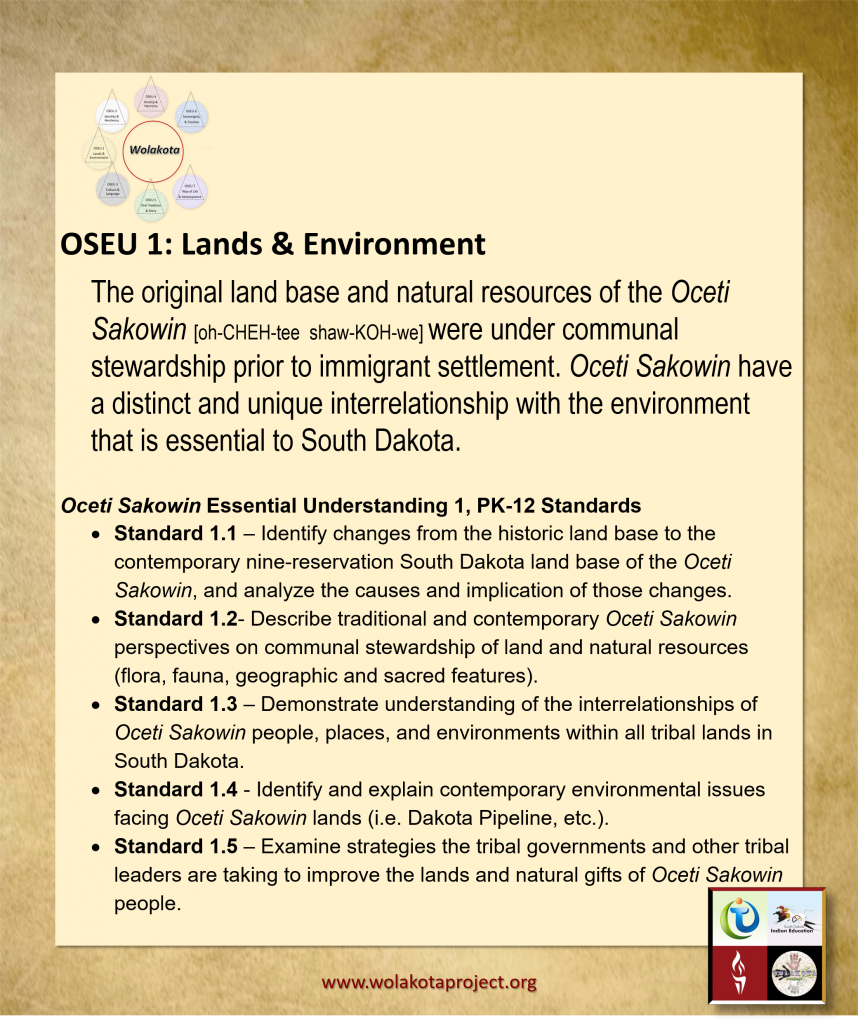
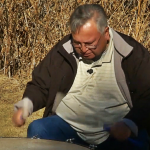
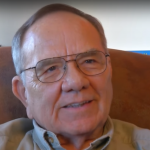 Connections to Land and People with Lowell Amiotte
Connections to Land and People with Lowell Amiotte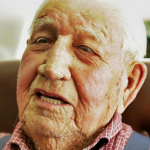
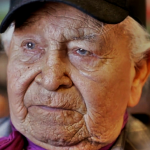
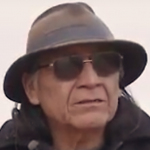
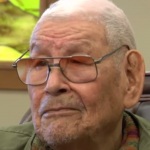
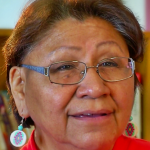
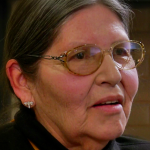
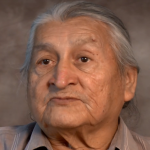
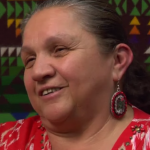
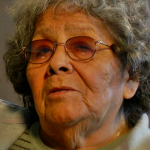
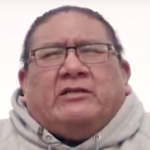
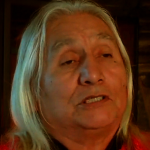
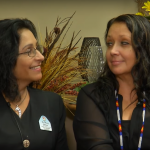
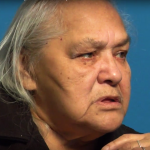
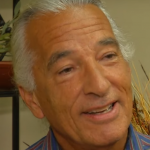
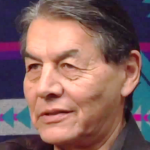 Land As Free As Air with Joseph Marshall III
Land As Free As Air with Joseph Marshall III